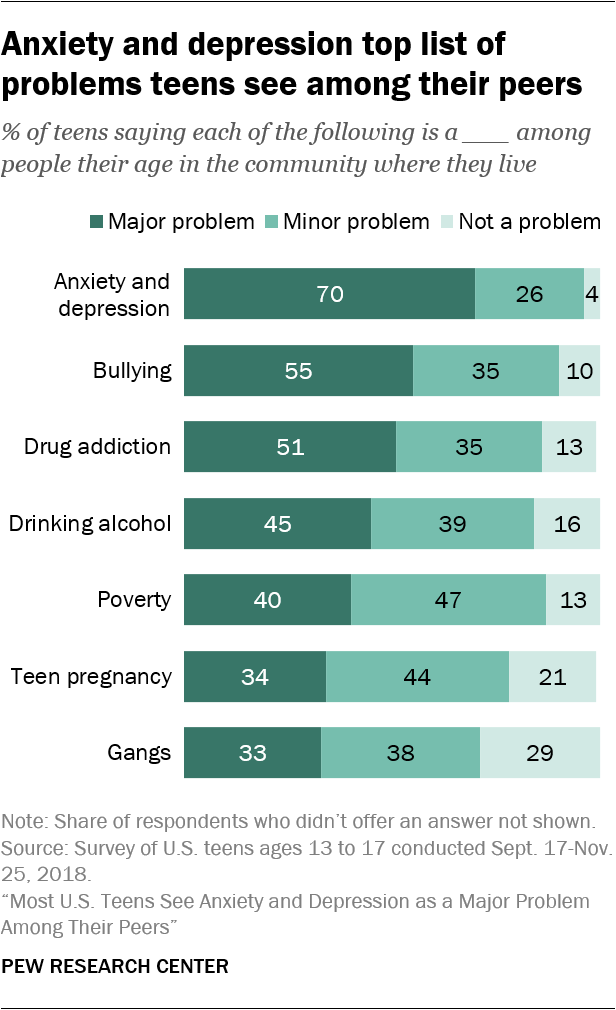In a DAWBA assessment, the “input” is the information collected from parents, teachers and young people by interview and questionnaire; the “output” is the set of diagnoses (DSM-5, DSM-IV or ICD-10) assigned to each child or young person – or no diagnosis in many instances. For some assessment packages, the link from input to output is fully automated, relying entirely … Read More
The DAWBA’s skip rules
When parents and 11-17 year olds are interviewed with the DAWBA, it is usually possible to shorten the interview by omitting some questions. Screening questions are used to predict when children are so unlikely to have a particular diagnosis that it is not worth asking about the relevant symptoms. Two sorts of screening questions are used: 1) Start-of-section screening questions. … Read More
Interviewers Instructions
The DAWBA is designed so that it doesn’t need to be administered by clinical child psychologists or psychiatrists. However, since the DAWBA is a detailed and comprehensive diagnostic assessment that covers many mental health issues, and also collects open-ended comments, it needs to be interpreted by well-trained professionals with substantial patient-based experience, or supervised by experienced child psychiatrists or clinical … Read More
Web Access
The youthinmind online DAWBA interviews help clinicians and researchers to collect information and generate diagnoses. These programs are potentially available to established research teams in child and adolescent mental health, to established clinical teams in child and adolescent mental health, and to senior independent clinicians/practitioners in this area. For more details of the youthinmind online interviews, including demonstrations of the data-entry and rating systems, click here. 1) Online interviews for parents, … Read More
The DAWBA questionnaire for teachers of 2-17 year olds
This page provides an overview of the DAWBA teacher questionnaire. If you want to see or download the interview in English or translation, click here. The teacher questionnaire has three main sections, each taking up one page: The emotional disorders section covers nine common symptoms of anxiety and depression, and also asks whether there are any other emotional difficulties, with space to describe … Read More
The DAWBA interview for 11-17 year olds themselves
This page provides an overview of the DAWBA self-report interview for 11-17 year olds. If you want to see or download a PDF version of the interview in English or translation, click here. Note that these are suitable for e.g. showing to ethics committees, to provide an indicative sense of interview content. However it is not recommended that these are administered … Read More
The DAWBA interview for parents of 2-17 year olds
This page provides an overview of the DAWBA parent interview. If you want to see or download a PDF version of the interview in English or translation, click here. Note that these are suitable for e.g. showing to ethics committees, to provide an indicative sense of interview content. However it is not recommended that these are administered as they are often … Read More
7 in 10 Teens See Anxiety and Depression as a Major Problem Among Their Peers
According to a Pew Research Center survey of U.S. teens ages 13 to 17, anxiety and depression are on the rise among America’s youth. Whether they personally suffer from these conditions, seven-in-ten teens today see them as major problems among their peers. Concern about mental health cuts across gender, racial and socio-economic lines, with roughly equal shares of teens across … Read More

